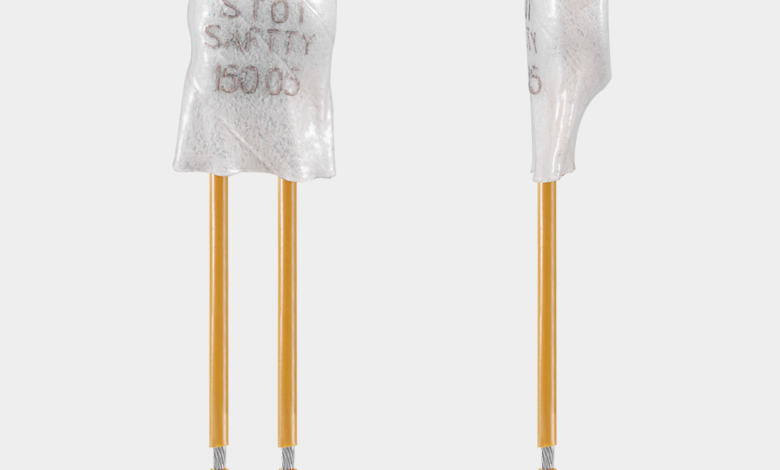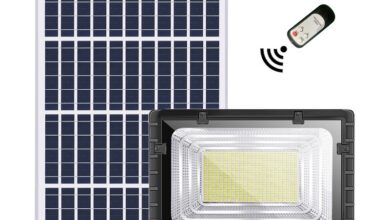How Thermal Protection For Motors Works?

Understanding the importance of thermal protection for motors is crucial to keeping your equipment functioning at its best. In this blog, you’ll learn more about how thermal protection for motors works and what you should do in order to keep your motor running smoothly and efficiently.
Thermal protection system for motors
When it comes to electric motors, one of the most important aspects to consider is thermal protection. Overheating is the number one cause of motor failure, so it’s crucial to have a system that protects your investment.
Thermal protection systems are designed to protect motors from overheating. Thermal protection systems work by monitoring the temperature of the motor and automatically shutting it down if it gets too hot. This prevents damage to the engine and keeps it from overheating.
How does Thermal Protection work?
Thermal protection for motors is a vital safety feature that helps prevent the motor from overheating and catching fire. Automatic reset thermal protection is the most common type of thermal protection. It works by sensing when the temperature of the motor gets too high and then automatically shutting off the power to the motor. Once the temperature of the motor has cooled down, the power can be turned back on and the motor will start working again. The same goes for our Saffty thermal protectors.
Conclusion
Thermal protection for motors is essential for preventing damage from overheating. There are a variety of methods that can be used to provide thermal protection, and the best approach will vary depending on the application. By understanding how thermal protection works, you can choose the best solution for your needs and ensure that your motor will stay safe even under extreme conditions. Saftty has provided high-quality safety solutions for more than ten years. Our products are widely employed in the fields of industrial engineering, automation, and power supply.





